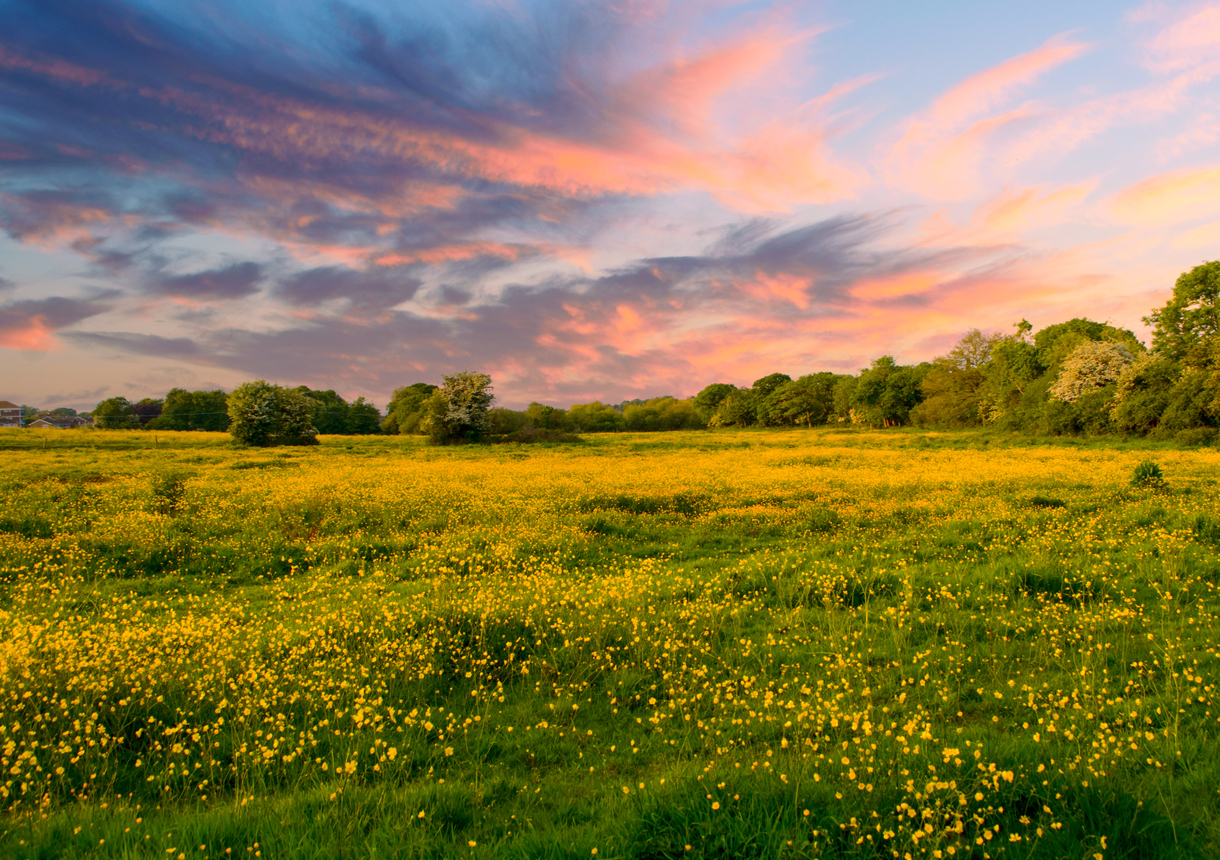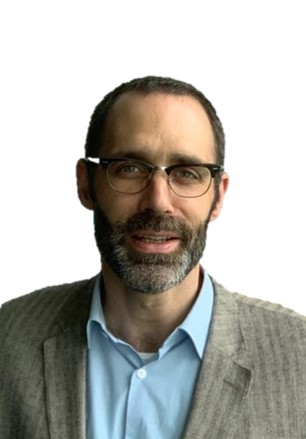Accelerating the transition to regenerative practices
13th July 2022
Interview with Dionys Forster

Overview
Food production and sourcing is varied and complex depending on crop, geography and farm system and there is no one size fits all solution

SAI Platform’s Director General, Dionys Forster will be speaking at the Regenerative Agriculture and Food Systems Summit taking place on 6th and 7th September in Amsterdam. In anticipation of the Summit, Dionys was recently interviewed to share his views on the crucial changes required to make this transition to regenerative agriculture more likely to succeed and why bringing the industry together at such events is an important knowledge sharing experience that helps to develop regenerative agriculture in practice.
What crucial changes would you say need to be made within the next 3-5 years to accelerate the transition to regenerative practices?
Regenerative agriculture is a new development paradigm for agriculture, which we believe addresses biodiversity loss and reduction of greenhouse gas emissions more effectively than previous forms of agriculture. However, as with any new approach, questions are raised as to how it is defined, assessed, and operationalised. And furthermore, how we can de-risk the transition to ensure a faster conversion.
Food production and sourcing is varied and complex depending on crop, geography, farm system etc., and there is no one-size fits all solution.
Therefore, we need to define regenerative agriculture carefully and set achievable objectives. As a membership organisation of over 160 members in the food and drink industry we are well positioned to support this movement and to make this transition a reality.
Regenerative agriculture is an outcome-based approach with measurable indicators allowing for continuous improvement over time. It impacts soil, biodiversity, water, climate and livelihoods.
Together with our members and partners that include farmers, NGOs and academia, we are developing an adjustable framework for regenerative agriculture that will continue to evolve and fit the local context requirements. Our framework is ambitious; however, we can ill afford to be under any illusions that this transition will be easy. With each step we will learn and improve it to address what matters and deliver value to farmers, consumers and society at large.
Measuring, reporting and verification are also key. Fast learning requires facts and figures, data collected at farm and processor level. While successful stories are quickly told, the failures, which are equally as valuable, are usually kept silent. Hence a successful regenerative agriculture programme requires data from both – successes and failures – solid indicators, frequently measured and reported through means of IS/IT Digital tools. However, interoperability of existing farm management and supply chain solutions are not a given. And willingness to share data is hampered due to legal concerns or simply reluctance to share.
It is within this process of gathering the farm data and sharing it across the value chain that SAI Platform is experienced and where we offer solutions both at the farm level, such as the Farm Sustainability Assessment (FSA) or like the Sustainable Dairy Partnership (SDP) which is a business-to-business solution addressing sustainability reporting among the players in the food value chain.
Large food and drink multi-nationals are signing up to NetZero Science-based Targets and regenerative agriculture, while the investors community has built its ESG framework (Environmental, Social and Governance) with sustainability reporting becoming a key focus for the investors’ community. As a result, sustainability reporting including regenerative agriculture will require a robust assessment of performance at the farm level that can be aggregated and passed through the value chain partners. Through our framework and programme, SAI Platform is in pole position to guide and offer practical solutions to our members and the wider food and drink industry.
Of course, a programme and framework alone will not convert farms to regenerative agriculture. For this we need willing farmers, keen to move ahead and pioneer the development of production systems. This requires moving from the current conventional approach to a new one with many unknown variables.
An incentive is critical in lowering the risk of transition for farmers to embrace and practice regenerative agriculture. A package of measures is needed to support conversion and incentivise the farmer. De-risking may come from the food and drink industry, financial industry, governments, and the newly emerging carbon market.
All these de-risking schemes need to be well aligned to avoid duplication of efforts and bring credit to the farmers. Unfortunately, this is not the case right now and the agri-food industries and governmental authorities will need to align and build a common framework.
What are you most looking forward to at the Regenerative Agriculture & Food Systems Summit?
This summit is bringing together key actors and ambassadors of regenerative agriculture. These are the people that promote it, know about it, and can share their opinions and experiences. This is the perfect opportunity to meet, connect and align with others as we’re all still learning and formulating how best to apply regenerative agriculture, assess it and report on it. For SAI Platform, this will also help to further shape our regenerative agriculture framework and programme.
For more details regarding the agenda and speakers for the Regenerative Agriculture & Food Systems Summit, visit their website.